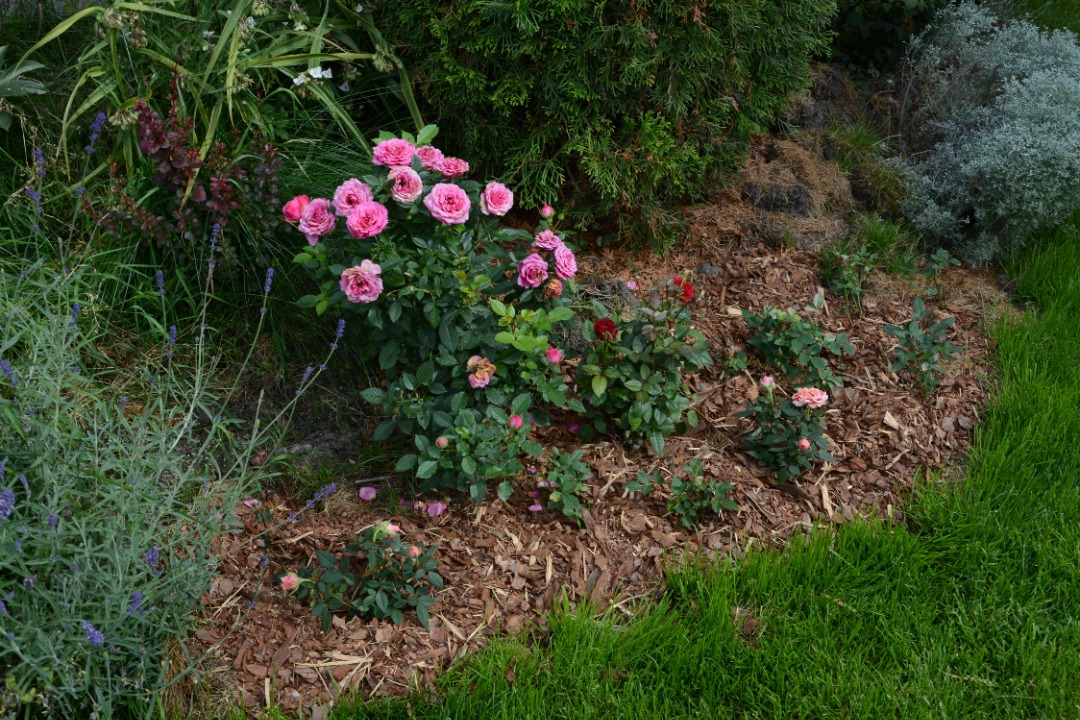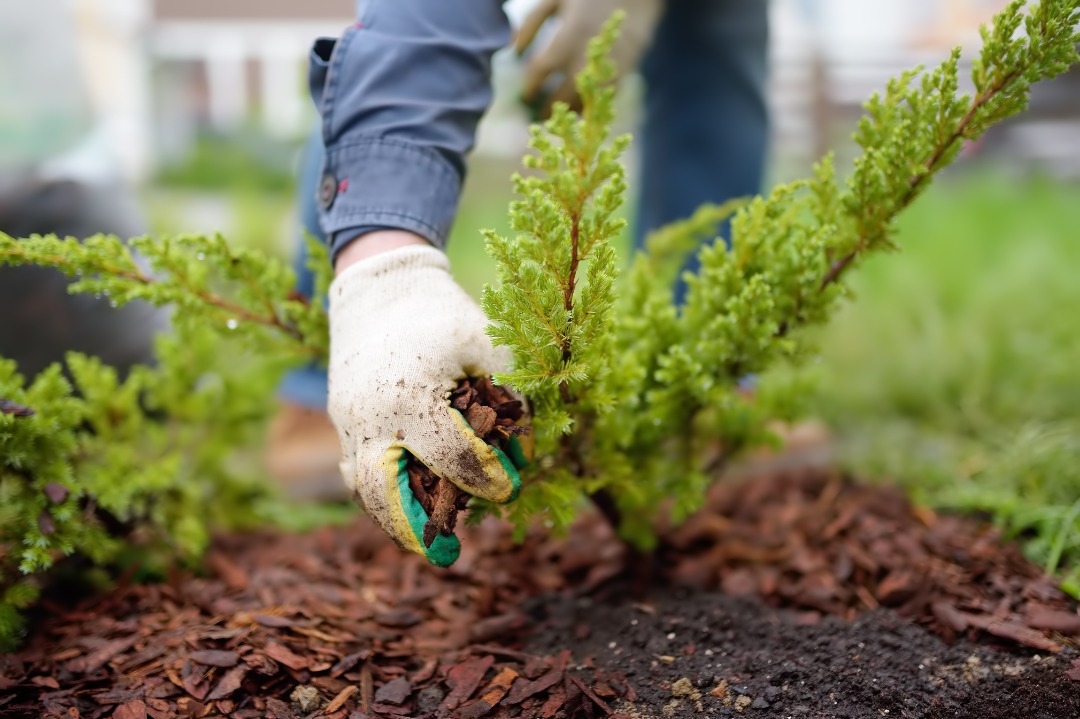How Often Should You Be Replacing Your Mulch?
SUMMARY
Fresh mulch is an essential part of garden care, providing numerous benefits such as moisture retention, weed suppression, and improving soil quality. However, as time passes, mulch naturally breaks down and loses its effectiveness. To maintain a healthy and aesthetically pleasing garden, it’s important to know when and how often to replace your mulch. In this post, we will explore the factors that affect mulch replacement and the signs that indicate it’s time to refresh your mulch.
How Often Should You Be Replacing Your Mulch?
The Type of Mulch Used
Different types of mulch decompose at different rates, so the type you use can impact how often it needs to be replaced. Organic mulches, such as wood chips, bark, and straw, break down over time, adding nutrients to the soil but also reducing their ability to suppress weeds and retain moisture. In general, organic mulches require more frequent replacement than inorganic mulches, like rubber or gravel, which last much longer.
For instance, wood mulch typically lasts around 6 to 12 months, while bark mulch can last slightly longer, up to 18 months. If you’re using organic mulch, you should be prepared to replace it every year to ensure it continues to provide the benefits your plants need.
Climate and Weather Conditions
The local climate plays a significant role in how quickly mulch decomposes. In areas with hot, dry conditions, mulch may dry out and lose its color and effectiveness more quickly, meaning it will need to be replaced more often. On the other hand, in cooler or wetter climates, mulch may last longer because the decomposition process is slowed down.
For example, if you live in a region with heavy rainfall, mulch may wash away or decompose faster, leaving bare patches in your garden. Conversely, if you live in a dry climate, mulch may evaporate faster, reducing its moisture-retaining abilities. In both cases, mulch may need to be replaced or replenished sooner than the typical yearly schedule.

How to Tell When Mulch Needs to Be Replaced
Thin or Decomposed Mulch
The most obvious sign that mulch needs replacing is when it starts to thin out or decompose. As mulch breaks down, it loses its ability to retain moisture and suppress weeds. If you notice that the mulch has significantly decomposed or is no longer providing a protective layer, it’s time to add a fresh coat.
In areas with heavy foot traffic or exposure to the elements, mulch may break down faster. When this happens, the soil beneath may become exposed to sunlight, causing weeds to sprout. If this occurs, replacing the mulch will restore its effectiveness in keeping the garden healthy.
Weed Growth and Mold Development
One of mulch’s primary benefits is its ability to prevent weeds from sprouting. If you start seeing an increase in weeds or notice mold growing on your mulch, it may be a sign that the mulch has lost its effectiveness. Mold can develop when mulch retains too much moisture and doesn’t get enough air circulation. In such cases, it’s important to replace the mulch with a fresh layer to keep your garden free of weeds and mold.

How to Replace Your Mulch Effectively
Remove Old Mulch & Prepare the Soil
When it’s time to replace your mulch, doing so correctly can help maximize its benefits. The process involves removing the old mulch, preparing the soil, and applying the new layer.
Start by removing the old mulch from the garden bed. This can be done manually or with a rake, depending on the amount of mulch you have. It’s important to remove any weeds, mold, or other debris as you work.
Once the old mulch is removed, take the time to prepare the soil. This could involve adding compost, fertilizer, or other amendments to improve soil health. This step is especially important if you’ve noticed any signs of poor soil quality, such as stunted plant growth or yellowing leaves.
Apply New Mulch
After preparing the soil, spread a fresh layer of mulch evenly over the area. Aim for a thickness of about 2 to 4 inches, as this is typically the ideal depth for mulch to retain moisture and suppress weeds. Be sure to leave a small gap around the base of trees and plants to prevent moisture from accumulating around the stems or trunks.

Conclusion
Replacing your mulch is an important part of maintaining a healthy, vibrant garden. While it’s generally recommended to replace mulch once a year, the frequency can depend on various factors, such as the type of mulch used, climate conditions, and how well the mulch is maintaining its effectiveness. By keeping an eye on the condition of your mulch and recognizing the signs that it’s time for a replacement, you can ensure that your garden thrives year-round. Whether you’re dealing with thin, decomposed mulch or increased weed growth, taking action promptly will help keep your landscape in top condition. Get in touch with us for all your lawn care needs.

"*" indicates required fields

